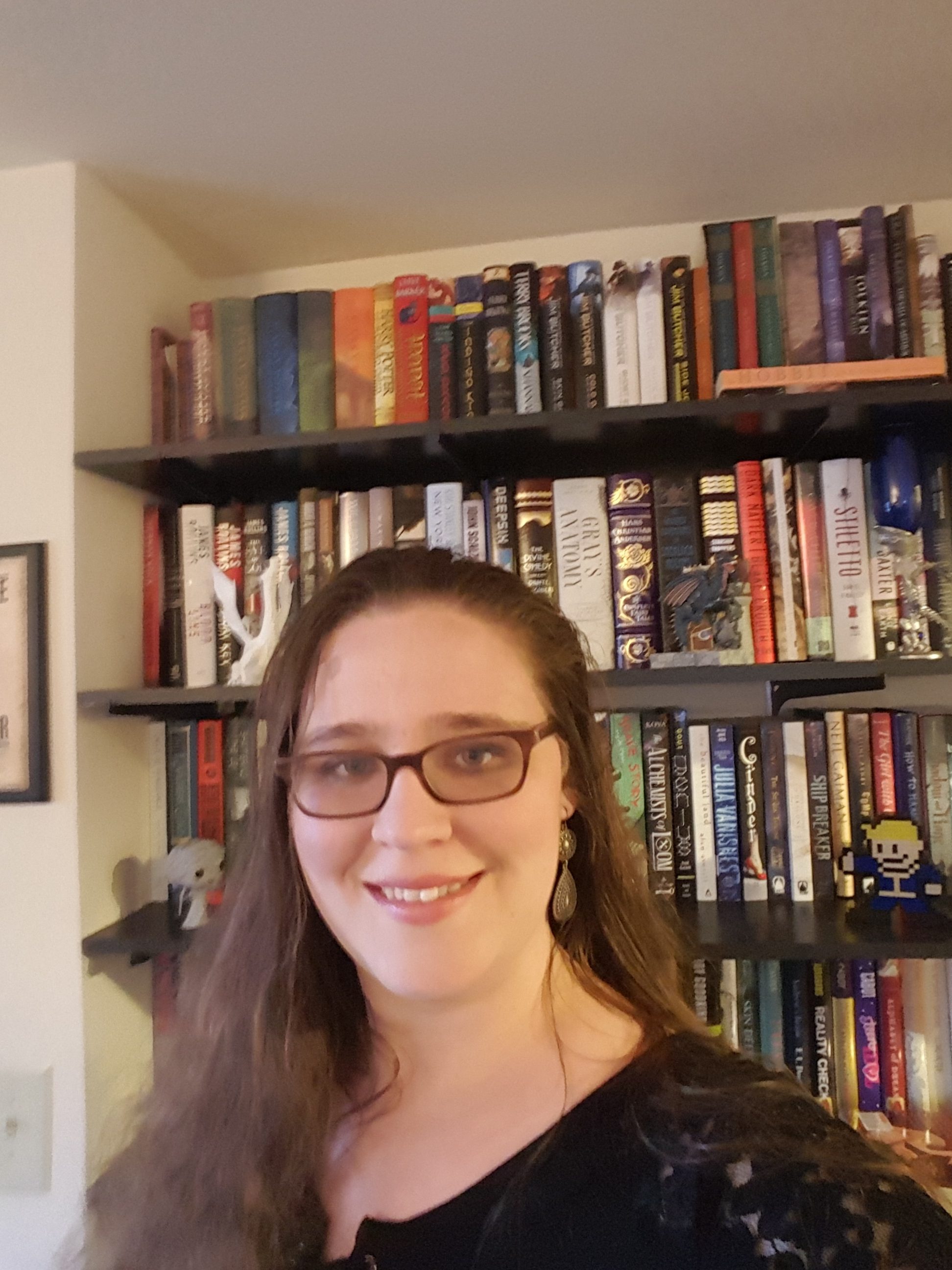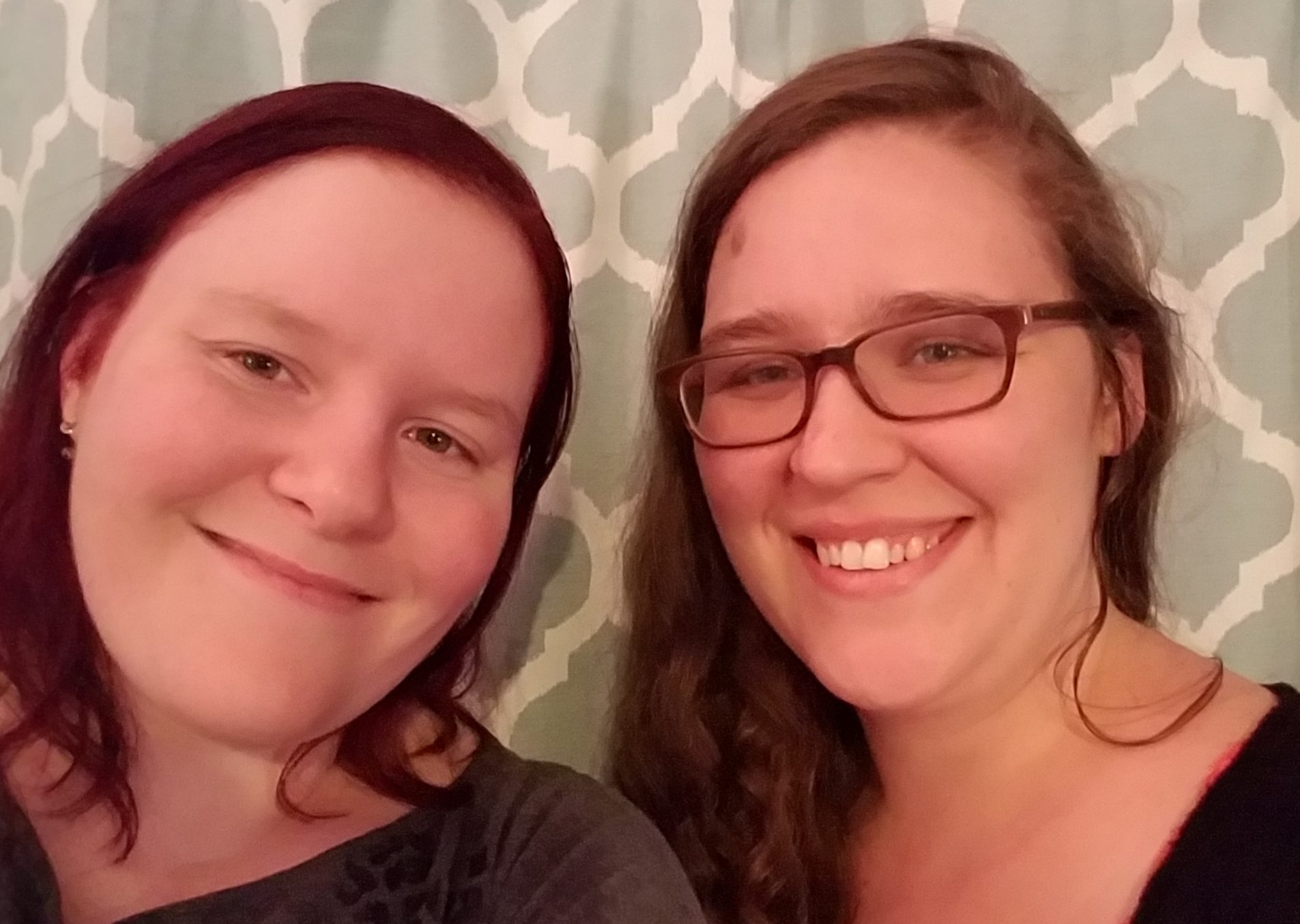 A Silent Voice Volume 1
A Silent Voice Volume 1By: Yoshitoki Oima
Translator: Steven LeCroy
Release Date: (Original Japanese) November 15, 2013;(English Translation) May 26, 2015
Publisher: Kodansha Comics
Series: A Silent Voice
Rating:
I’ve recently been getting more manga from my local library than I used to. (They won’t acquire more if no one’s reading them, after all). But while they have a rather comprehensive who’s who of 1990s manga, more modern titles are often missing. Luckily, one of the series they’ve made sure to put on the shelves is A Silent Voice by Yoshitoki Oima.
Despite having a rather famous movie adaptation, I went into this series pretty much blind. I haven’t watched the movie and knew nothing of the plot beyond the very basics. A Silent Voice is the story of two middle schoolers – a boy named Shoya and a girl named Shoko. Shoko is a new transfer student and deaf. Shoya suffers from nothing greater than perpetual boredom, and begins to bully Shoko. The entire class joins in on Shoya’s bullying, with Shoko ultimately switching schools. Yet Shoya shoulders the blame of her dropping out of their school alone. Years later, at the end of high school, Shoya meets Shoko again.
Shoya is a rather normal sort of child when we first meet him. He’s a sort of ringleader, or at least appears to be one. The main issue he has is one of boredom and never knowing the lines between fun, over the top, and bullying lay. Shoya can be very mean, downright cruel sometimes. While I didn’t quite like him for much of the manga, I didn’t hate him. The mangaka is very careful about how his character is presented. Despite having a few friends that seem to more or less go along with his antics a separation is created between them quite early on, with one character saying that he couldn’t do any more daredevil antics after class because he had to go to cram school. While his mother tries her hardest to be involved in Shoya’s life, his sister is completely absent. Shoya seems to have more of a relationship (both good ones and bad ones) with the string of boyfriends his older sister goes through during the volume than he does with his own sister. These instances give him a softer edge, a more vulnerable side that is brought out a little more towards the end of the volume.
I am very, very impressed with how much personality Shoko is given without saying almost anything throughout the volume. This is a visual medium, of course, so facial expressions play a good deal in this. But it is more than that. She is quiet both due to being deaf and relying on a notebook to communicate with her classmates, and because it is simply her nature. She’s strong, not only taking her bullying with a face that is normally rather passive, but even going so far as being kind to her aggressors. Yet, she doesn’t fight back in any meaningful way, at least not in the obvious ways most readers would assume.
The majority of the manga is told from Shoya’s point of view. It’s him we follow. I think this does something important, something I didn’t quite notice until the end of the manga. At no point does anyone, his mother included, sit Shoya down and explain why he shouldn’t bully. He’s told to stop, to be nice, to calm down with the daredevil antics from the opening pages of the book. Yet none of the adults really take the time to have any kind of meaningful talk with him. Of course, Shoya’s getting a little older, right at that age where you expect a kid to know better and understand what he’s doing. However, until the end of the volume, it doesn’t seem like Shoya really comprehends the sort of physical and mental damage he’s doing.
One character with whom I have nearly no sympathy for is Shoya and Shoko’s teacher. This was an extremely frustrating character. I initially had some sympathy for him as this was a difficult situation to be in, especially when not all of the bullying was done when in his presence. Towards the end of the volume all sympathy had disappeared. The teacher’s attitude is summed up perfectly when he tells Shoya not to embarrass him. It is his own embarrassment he seems the most concerned about, not the well being of his students. He does less than the bare minimum to ensure that Shoko wasn’t being bullied, and does even less than that when Shoya becomes the classes next target.
Yet this brings up very important questions, ones which I’m sure later volumes will delve into in more detail. Does a bully truly deserve whatever retribution they may incur? What line is there between just deserts and undeserved harassment? When do onlookers turn into bullies? Should those who have previously bullied ask forgiveness? More importantly, should they be forgiven?
The art in this manga is just very pleasant to look at. Some of the panels are rather minimalistic with focus solely on the character and no backgrounds to speak of. This isn’t as prevalent as it is in, say, a shojo manga, but it is present nonetheless. Character’s faces are very expressive, especially their eyes, which convey a lot to the reader.
If there is anything to criticize it is the use of transitions. There were a few places where transitions from one scene to another felt rushed and left me just a bit confused. These happened almost entirely within the last chapter as the manga drew to a close. The jump in time from middle school to high school was a bit jarring, which stood out more than it may have otherwise done because the transition from high school to middle school within the opening pages was crafted so well. I found myself unsure of just what Shoya was doing and exactly what the time frame of the last several pages of the manga was.
However, A Silent Voice Volume 1 is very excellently crafted overall. Characters grew and changed. Those I hated I grew to have sympathy for. Some characters I initially liked I began to hate. I will definitely be checking out the rest of this series (and hopefully the movie as well at some point). This is a story that is universal, a story that many have experienced or witness. It’s a story of childhood, of bullying, of being different in a world of sameness. It’s a powerful story that, I can only imagine, will go to great places.






Post a comment